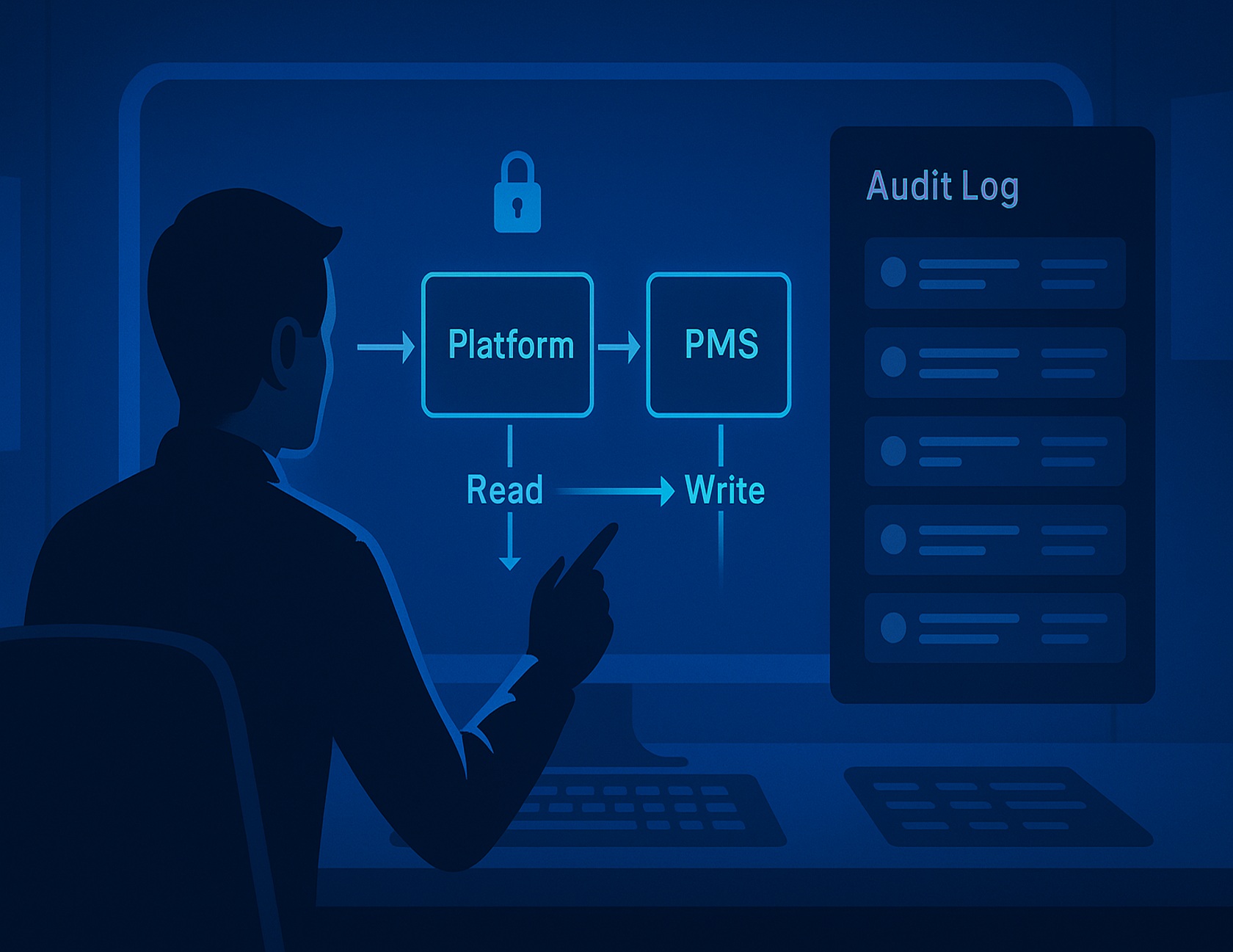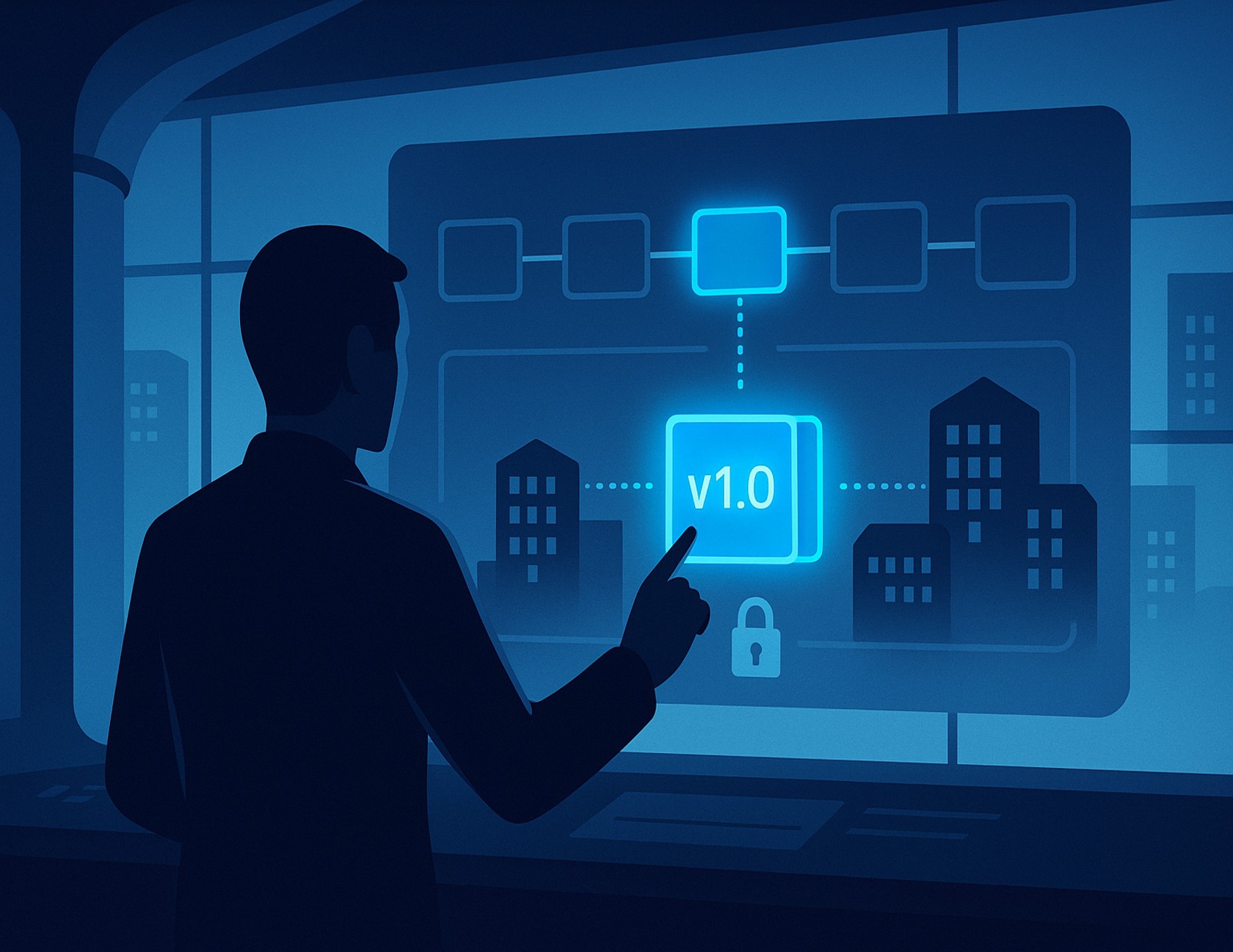.png)
Stagflation is on the horizon. While navigating shortages of labor and materials is still a struggle in post-pandemic construction, even tougher economic times may be headed our way.

“While the consensus is that the Fed will raise the federal funds rate a few times in 2022 and 2023, (experts) believe rising interest rates have already been priced into the market. However, rising rates can be a setback to NOI growth, so investors would be wise to do in-depth data analysis to figure out how to continue to drive NOI growth for their properties,” Greystone predicts.
And this deep dive into data analysis is what experts like Jay Parsons of RealPage and Scholastica Gay Cororaton of the National Association of Realtors have been explaining to the masses. Read any of their insightful posts, complete with graphs, charts, and color-coded maps, and you can see why the housing market is controlled chaos at best. With rate hikes to quell inflation, stagnation is the biggest hurdle to leveling the economy after the pandemic downturn of 2020.

“Multifamily investors are bracing for an uptick in mortgage rates and other forms of real estate finance as the Federal Reserve bumps up interest rates in 2022. As an inflation-fighting move, the Fed plans three hikes of 25 basis points each,” Lori Ioannou analyzed earlier this year in Multi-Housing News.
“No surprises on our end,” said Collin Martin, fixed income strategist at Charles Schwab, told CNBC in early May. “We’re a little bit less aggressive on our expectations than the markets are. We do think another 50 basis point increase in June seems likely. … We think inflation is close to peaking. If that shows some signs of peaking and declines later in the year, that gives the Fed a little leeway to slow down at such an aggressive pace.”
Rising Interest Rates
So, how will stagflation continue to affect national housing, new leases, purchase prices, and new construction, asks Lawrence Yun in his presentation at the NAR Residential Economic Issues & Trends Forum in early May. With plenty of information to educate, Yun takes us on a journey through low rates and high prices, and explains how further rate hikes will possibly affect each sector of the housing market. In short, it's no yellow-brick road.
Yun isn’t the only one considering the future of hawkish rate hikes. “The effect of rising interest rates in the coming year will depend, in part, on just how much the Federal Reserve decides to raise short-term rates, as well as how long-term rates respond. Interest rate hikes that are too aggressive could put a damper on economic growth prospects, which would have an adverse impact on property values and upward effect on cap rates,” Chris Bruen writes for NMHC.

Multifamily Starts Aren’t Dampened - Yet
Multifamily starts haven’t been greatly affected by inflation yet, and most believe that 2022 will be a banner year for apartment home construction. Diana Mosher of Multi-Housing News explains, “In 2022 NAHB anticipates that multifamily starts, fueled by low vacancies and rising rents, will rise 6.3 percent from 2021 to about 496,000 units. Boosted by stronger multifamily growth, overall housing production is expected to rise 2.5 percent this year to a 1.63 million annual pace.”
Furthermore, while other areas of the economy may feel the slowdown of an impending recession, multifamily investments are continuing to prove their worth through inflation, and then some. “The February pace for apartment construction was the best since January 2020 and we expect the multifamily sector to continue to show strength as the economy reopens,” said NAHB Chief Economist Robert Dietz.
Mary Salmonsen of Multifamily Dive clarifies, “The multifamily sector is in the midst of a new construction boom, with $116.4 billion in new project volume started in 2021 — up 25% from 2020, according to Dodge Construction Group. This boom corresponds with a spike in demand for market-rate apartments, as well as rapidly rising rents.”
NOI and Recession
The biggest indicator of stagflation for multifamily operators will be a sharp change in Net Operating Income. NOI is a measure of profitability that takes into account operating expenses and capital expenditures, minus any depreciation that has been taken. NOI is one of the main ways in which real estate investors evaluate investments; it measures how much money you made off your property during a given period by subtracting expenses from revenue. This figure can be compared across properties, regions, cities and even countries.
“Multifamily assets in particular tend to perform well in an inflationary period. Economic growth fuels employment and higher wages, which in turn drives demand for housing. At the same time, the housing market, in general, faces a chronic shortage of some 5 million units. Together, those conditions give multifamily owners the ability to raise rental rates and offset higher construction, labor, insurance, taxes and other costs, potentially allowing multifamily properties to hedge the effects of inflation,” Adam Kaufman writes for Forbes.

How Can You Increase NOI During Inflation?
- Increase Rent
- Increase Occupancy
- Increase Revenue per Square Foot (RSF)
- Increase Revenue per Unit (RPU)
- Increase Revenue per Resident (RPR)
- Increase Revenue per Resident Per Month (RPM)
- Increase Revenue Per Resident Per Week/Day/Hour
Increasing NOI through rent hikes isn’t out of the ordinary as rent turnover from low 2021 rates acclimatizes to today’s market. “Generally speaking, the faster an asset class can increase its net operating income through rental rate increases while the lower its operating expenses are as a percentage of rental revenue, the stronger the hedge it offers against the erosion of real returns during high inflationary periods,” Ian Formigle, Chief Investment Officer of CrowdStreet tells Globe St.
Circle Squared Alternative Investments explains how inflation works out in favor of multifamily investments. “As landlords generate higher rent income while debt repayment remains at a fixed price, NOI increases and improves the profitability of the investment. NOI increases could also lead to increased valuation of the properties.”

Recession-Proof Property Management Software
You can’t avoid inflation or recession, but you can prepare for both. And when it comes to multifamily property management software, there are several ways in which the right solution can help you prepare for—and even increase—NOI and ROI over time. Property managers use software like Elevated Living’s platform to make communication easier, collect rent electronically, track maintenance, and automate concierge services.
And for those multifamily communities who didn’t take advantage of the proptech upswing in the post-pandemic economy, all is not lost. Revenue Per Unit and Revenue Per Resident is still only a click away on your branded app. Simply finding areas of improvement such as revenue share through resident engagement and negotiating a new vendor contract can lead to higher NOI.
“Owners with substantial holdings can often renegotiate better rates if allowing vendors to bid on a portfolio of properties rather than having different vendors service each individual asset,”
Elevated Living works with portfolio managers to guide national resident management software adoption. Many of our clients understand that starting with one building to see how well it runs on a single platform is just the beginning. That’s why the top 1% of luxury multifamily communities trust Elevated Living beyond the white label app, and secure options for concierge services and on-site labor that produce cash flow instead of creating headaches.
Revenue Sharing That Increases NOI
The modern resident expects a hotel-like experience at their apartment building. They want a mobile app that is easy to use and navigate, and they want it in their native language.
While the lack of an all-in-one app might not be a deal-breaker for the average resident, it can make or break your bottom line over time. After all, if you're able to provide your tenants with quality service, that means higher retention rates and lower turnover costs.
Multifamily owners and managers need to optimize their buildings in order to maximize rent and reduce costs. It may be hard to believe, but a single app can improve resident satisfaction and retention, increase rent and reduce costs. Increasing resident engagement and experience, and optimizing building operations occur when concierge services grow your community.
Multifamily residents are seeking properties with a high level of service and amenities, but how do you keep up with demand?
Optimize multifamily buildings in order to maximize rent and reduce costs is seamless with Elevated Living. In addition to providing a high level of service and amenities, Elevated Living’s property management software can help you do just that.
By managing your operation more efficiently with our one-stop solution, you'll be able to:
- Communicate effectively with residents through your mobile app by creating custom forms that collect data and automatically add it into property records; track maintenance requests; communicate through private messaging; receive alerts when something is due; send out notifications; post information for events—all within the same platform.
- Streamline every aspect of your operations from end-to-end so that you're always up-to-date on all the latest happenings within your community, no matter where in the world those happenings may take place.
Residents want top-notch service, and are willing to pay for it. Using revenue share through on-site concierge services builds a recession-proof opportunity for both residents and operators. Offering simple solutions through technology adds convenience and makes it easy for residents to stay connected and love where they live.

.avif)


